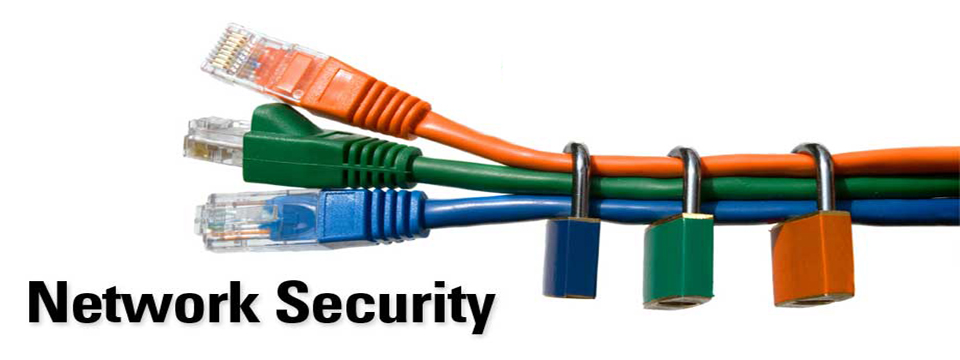Frequently Asked Questions
What web browser should I use?
The Open edX platform works best with current versions of Chrome, Firefox or Safari, or with Internet Explorer version 9 and above.
See our list of supported browsers for the most up-to-date information.
Why are you using OpenEdx
The idea behind this course is that students "learn by doing". For that purpose students perform many exercises that need to be closely coupled to the MOOC platform. OpenEdx provides us the right environment for that.
I did not receive an activation email
If you created an account on our OpenEdx platform but did not receive an activation email, please check your SPAM folder. Many mail systems conceive such activation emails as SPAM.
How do I setup a Virtual Machine (VM)?
On the Internet and YouTube you can find many videos and other resources that explain how to setup and use VirtualBox. Once VirtualBox is installed and tested, you should install Vagrant, for which you can also find many resources on the Internet. Note that you don't have to create any vagrant configuration files; such files will be provided to you as part of the course.
My Virtual Machine is not running! What should I do?
Occasionaly we find that problems occur while installing and using the VM. Sometimes problems are caused by outdated equipment, such as 10 year old laptops. In such cases you should try to arrange a newer machine, and try on that machine if the problems are gone. Problems may also occur if (Linux) kernel extensions are installed, such as grsec. In such cases some tweaking of configurations and options may solve the problems. Finally we sometimes observe that, especially with Windows systems, shared directories between guest and host OS may not work. This may be due to timing issues, and sometimes a restart of the VM solves the problem.




